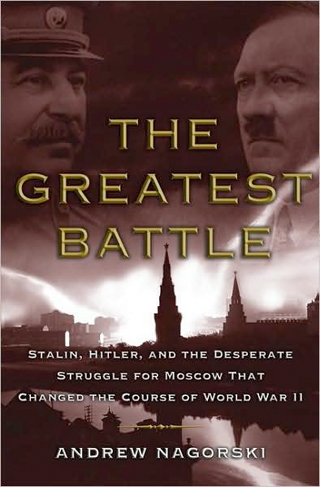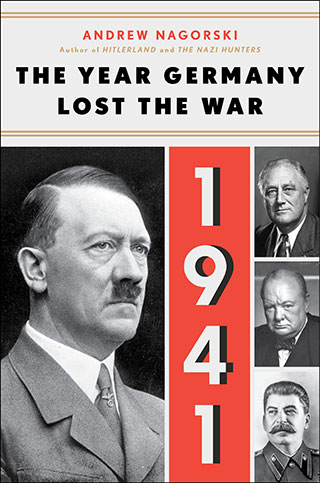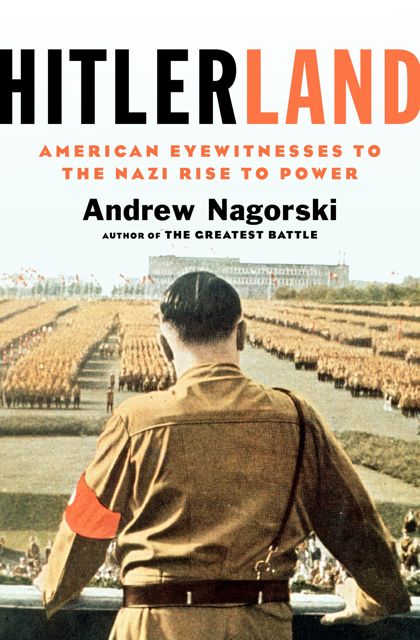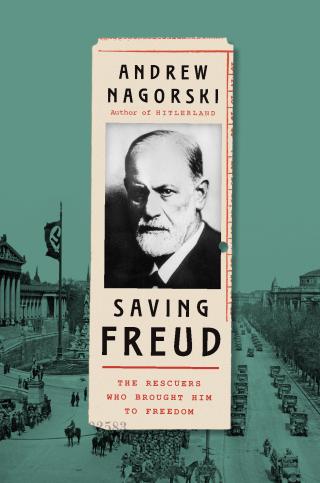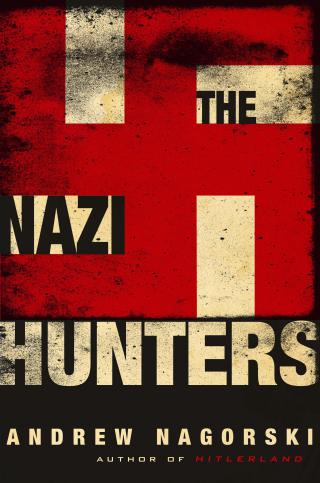
Joseph Harmatz, a Lithuanian Holocaust survivor who led a band of self-proclaimed “avengers” in poisoning 3,000 loaves of bread for German prisoners after World War II, an act that he regarded as rightful retribution for the Nazi slaughter of 6 million Jews, died Sept. 22 at his home in Tel Aviv. He was 91.
The cause was a heart ailment, said a son, Ronel Harmatz.
For decades, Mr. Harmatz did not speak publicly about the act of sabotage that he helped organize near Nuremberg, Germany, in April 1946 — a plot that sickened thousands but produced no confirmed fatalities, and that was perhaps the most dramatic act of its kind in the aftermath of the Holocaust. He had lost most of his family to Nazi persecution and then reestablished himself as a civic leader in Israel, a life that he believed did not permit discussion of his postwar activity.
Only in the 1990s did he reveal his association with Nakam, a group formed by the Jewish partisan leader Abba Kovner and that operated across Germany after the war. The name meant “vengeance” in Hebrew, but Mr. Harmatz and his comrades did not necessarily seek revenge, observed Dina Porat, chief historian of the Yad Vashem Holocaust remembrance center in Jerusalem.
“They wanted justice to prevail after a horrible injustice was inflicted upon the Jewish people,” she wrote in an email, “so that no one would dare raise his hand against them again.”
Like many of Nakam’s several dozen members, Mr. Harmatz had proved himself in the Jewish resistance, enlisting at 16 while confined to the Vilna ghetto. During the liquidation of the ghetto, Mr. Harmatz escaped through the sewers and fled to the swampy Rudniki Forest outside Vilna, where Kovner, later a prominent Israeli poet, named him chief of special operations.
During the war, the partisans attacked railways, bridges and telegraph lines to thwart the German war effort. But Mr. Harmatz’s most noted actions came later, when Germany was defeated but remained, in his view, insufficiently punished for its crimes against the Jews.
“The Germans here were taking their children out in little prams, they had milk to feed them and still they complained that the level of fat in the milk was not high enough,” Mr. Harmatz observed in comments cited in the book “Endkampf: Soldiers, Civilians, and the Death of the Third Reich” by Stephen G. Fritz.
“They, on the other hand, grabbed our children and babies by the legs or by the hair and threw them against telephone poles and into the furnaces,” he remarked. “Many of us became nihilistic. Life was not important, neither your own nor anyone else’s.”
Mr. Harmatz took command of a Nakam cell in Nuremberg, where it made him “sick,” he said, to sit through the minutiae of the war crimes trials administered by the Allies. The group contemplated but abandoned a plan to gun down the Nazi defendants in the courtroom.
Regarding German guilt as pervasive, the fighters plotted an attack in which they would have poisoned the water supply to Nuremberg. Kovner went so far as to secretly obtain the poison in Palestine but was discovered en route by ship back to Europe and threw the toxins overboard, according to accounts published by the London Observer and the Associated Press.
Nakam then formed the plan to poison the bread provided to Nazi prisoners at Stalag 13, an American-run camp in Langwasser, outside Nuremberg. The group infiltrated the bakery, eventually hiding supplies under floorboards. On the appointed night, operatives sneaked in and coated the 3,000 loaves of black bread with arsenic mixed with glue so that the substance would adhere to the bread like flour.
They knew that each loaf would be divided among four prisoners, and that the poison might therefore reach 12,000. The goal, Mr. Harmatz told the Associated Press in an interview last month, was to kill as many Germans “as possible.”
Mr. Harmatz claimed that the attack killed 300 to 400 Germans, but the figure could not be substantiated. According to a 1946 news report, more than 2,200 Germans were sickened. Porat said that there were no known deaths. It was speculated that prisoners tasted something amiss in the bread and declined to finish their rations.
Nakam soon disbanded, and Mr. Harmatz shifted his efforts to Bricha, the effort to illegally shepherd Jews from Eastern Europe into what was then the British mandate of Palestine. Although there were individual acts of revenge against Nazi perpetrators, the Nuremberg plot was the “only episode on record” of large-scale retaliation, Andrew Nagorski, a journalist and author of the book “The Nazi Hunters,” said in an interview.
“It’s not surprising that some survivors would try to mount” such an act, he said, but “what’s perhaps more surprising is how quickly how many Holocaust survivors and people who are called ‘Nazi hunters’ began to focus not so much on revenge but on trials,” as well as the historical documentation of the events of the Holocaust. But until the end of his life, Mr. Harmatz saw his actions as justified.
“We didn’t understand why it shouldn’t be paid back,” he told the AP in August.
Mr. Harmatz, known by Yulek, was born in Rokiskis, Lithuania, on Jan. 23, 1925. His father was a prosperous wholesaler.
Yulek belong to a youth communist group and said he was enlisted to help guard Vilna after the Soviet Union annexed Lithuania in 1940. The next year, Nazi occupiers arrived and embarked on a killing campaign that would destroy 90 percent of the Lithuania’s Jewish population, one of the highest rates in Europe, according to the U.S. Holocaust Memorial Museum.
Of Mr. Harmatz’s immediate family members, only his mother survived the war. His father committed suicide in the ghetto. One brother died serving in the Soviet army, and another brother perished in a concentration camp.
Outside the ghetto with the resistance, he told an interviewer, “I first met people who’d escaped from concentration camps. They told me of the atrocities. I decided I wouldn’t rest until I got revenge.”
After the war, Mr. Harmatz ran a shipping company in Israel and became a high-ranking director of World ORT, a nongovernmental organization that provides educational and vocational training.
In 1998, following his retirement, he published a memoir of his time with Nakam, “From the Wings.” A German court later investigated him and an associate but declined to prosecute them “because of persecution experienced by the two involved and their family.”
Mr. Harmatz’s wife, the former Gina Kirschenfeld, whom he married in 1950, died in 1987. Survivors include two sons, Ronel Harmatz and Zvi Harmatz, both of Tel Aviv; and three grandchildren.
According to Porat, about eight of Mr. Harmatz’s former comrades are living today.
“We were the Avengers,” he told the Observer in 1998. “Unfortunately, we did not do more. Our ultimate intention was to kill 6 million Germans, one for every Jew slaughtered by the Germans. . . . And I don’t feel any differently today.”

